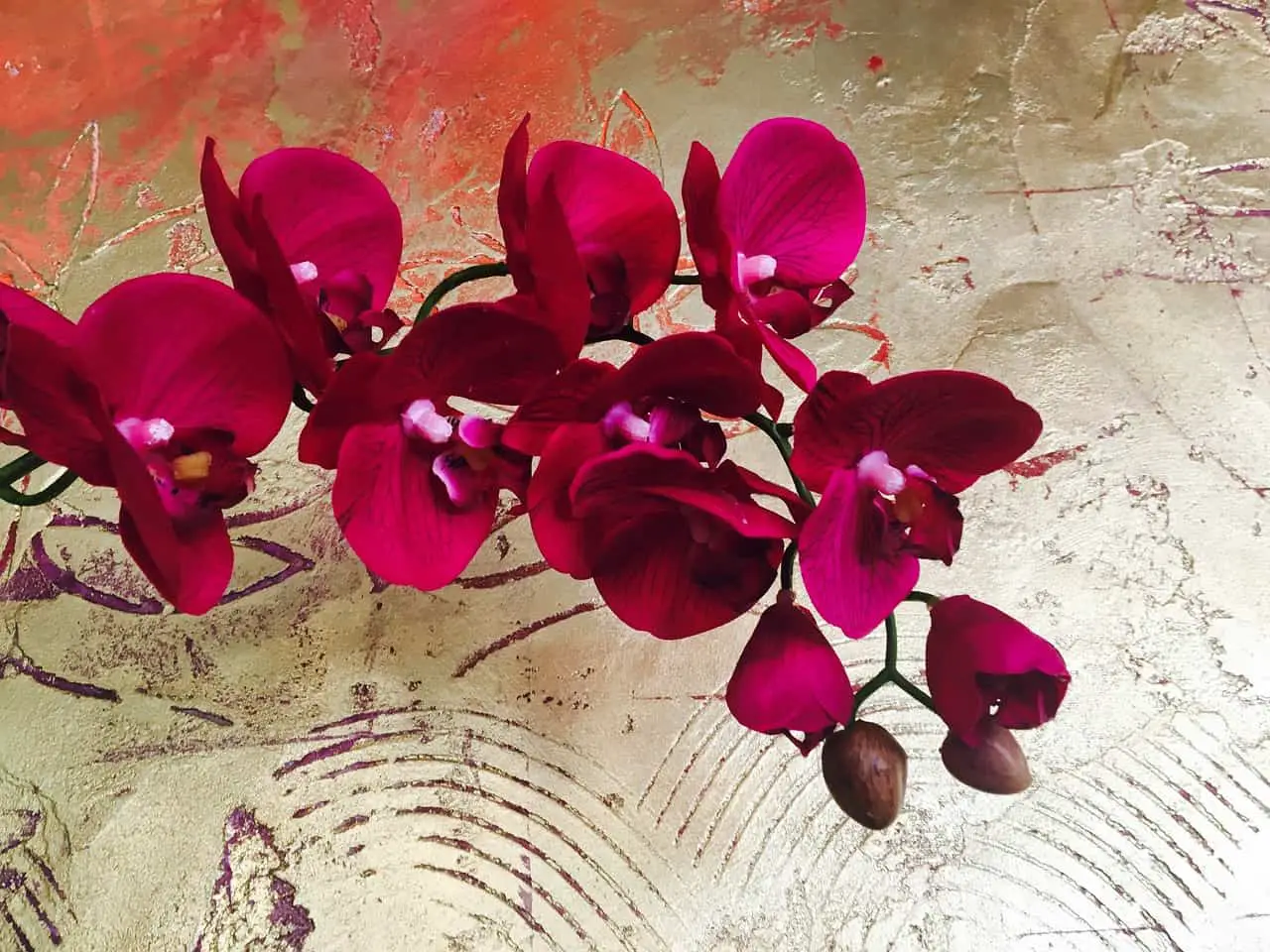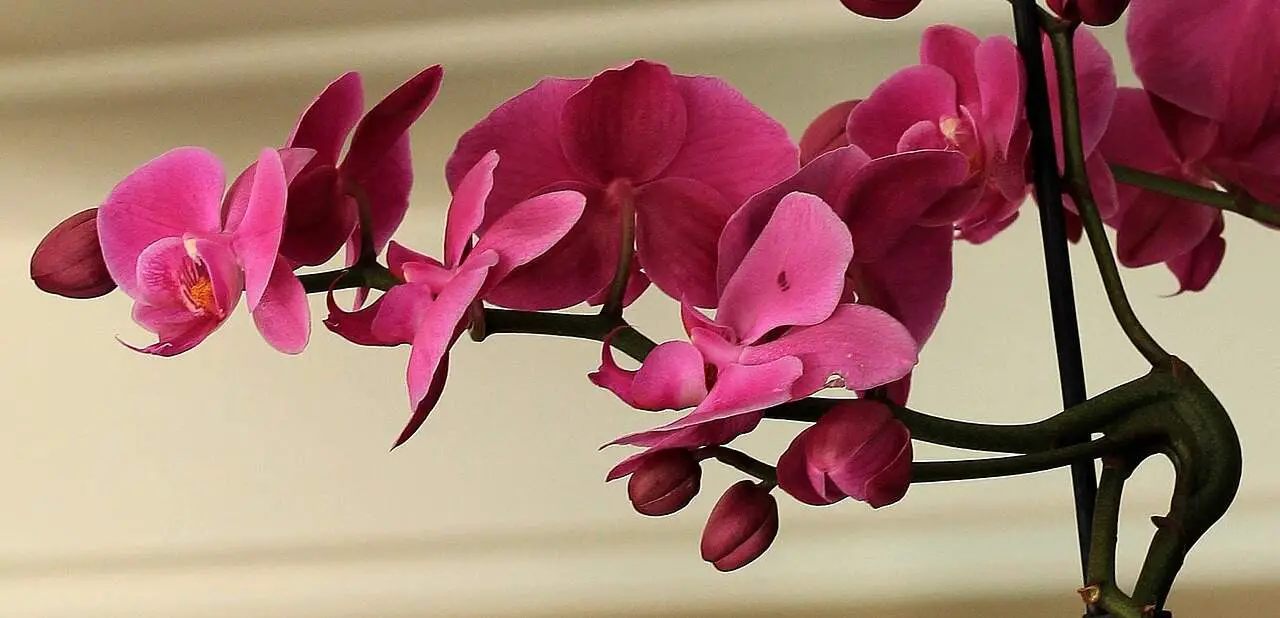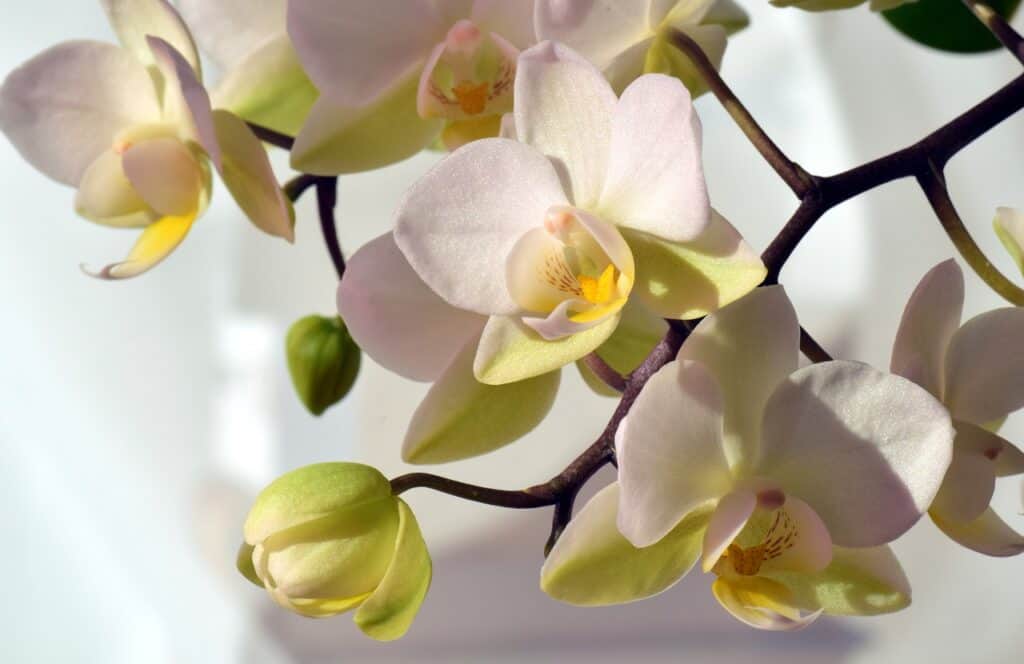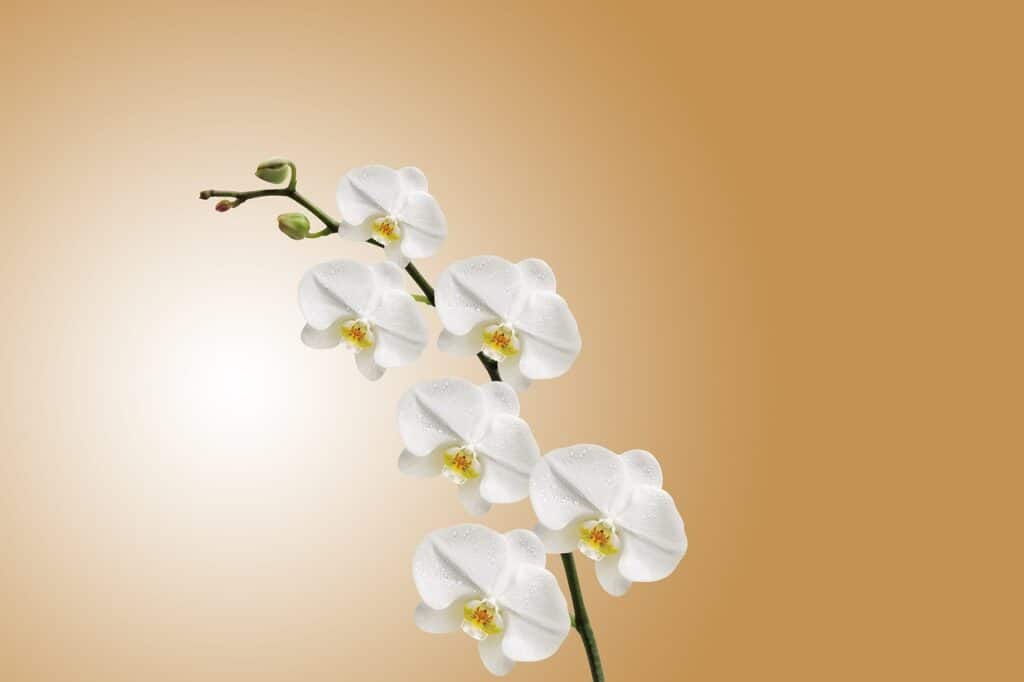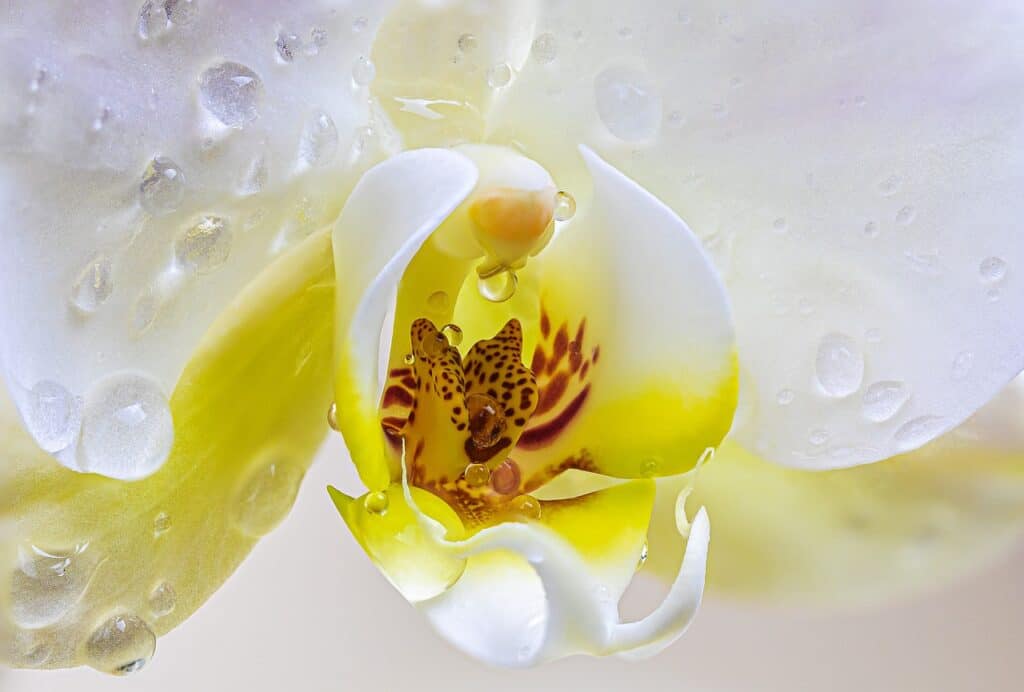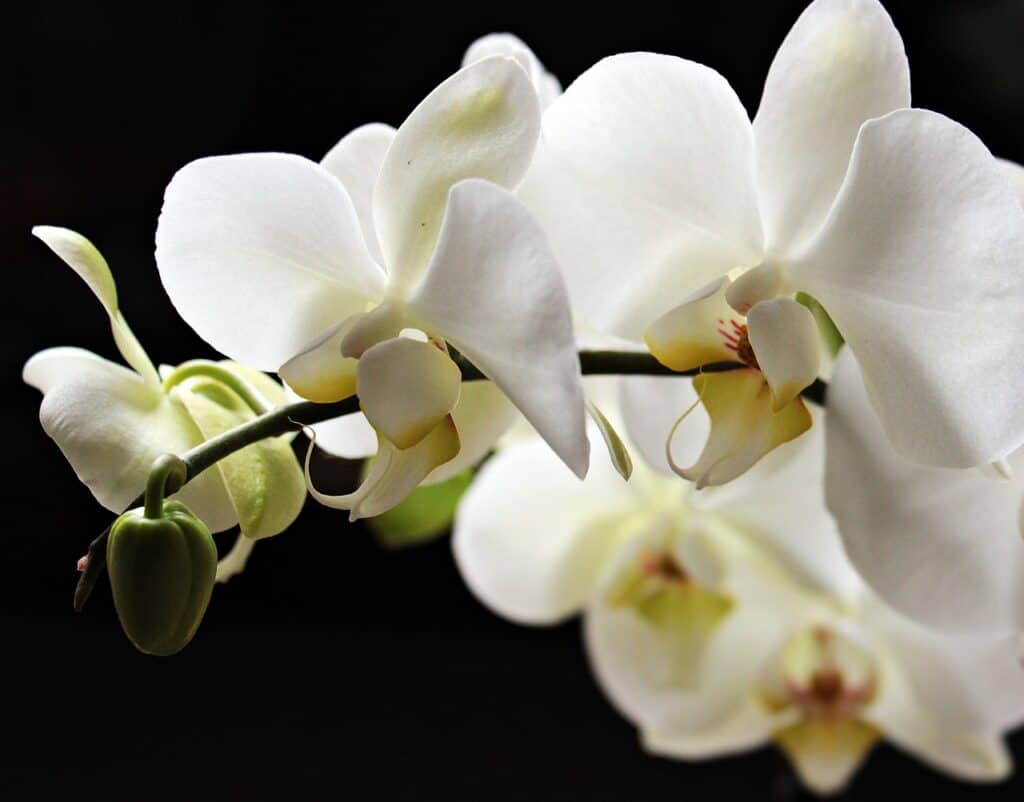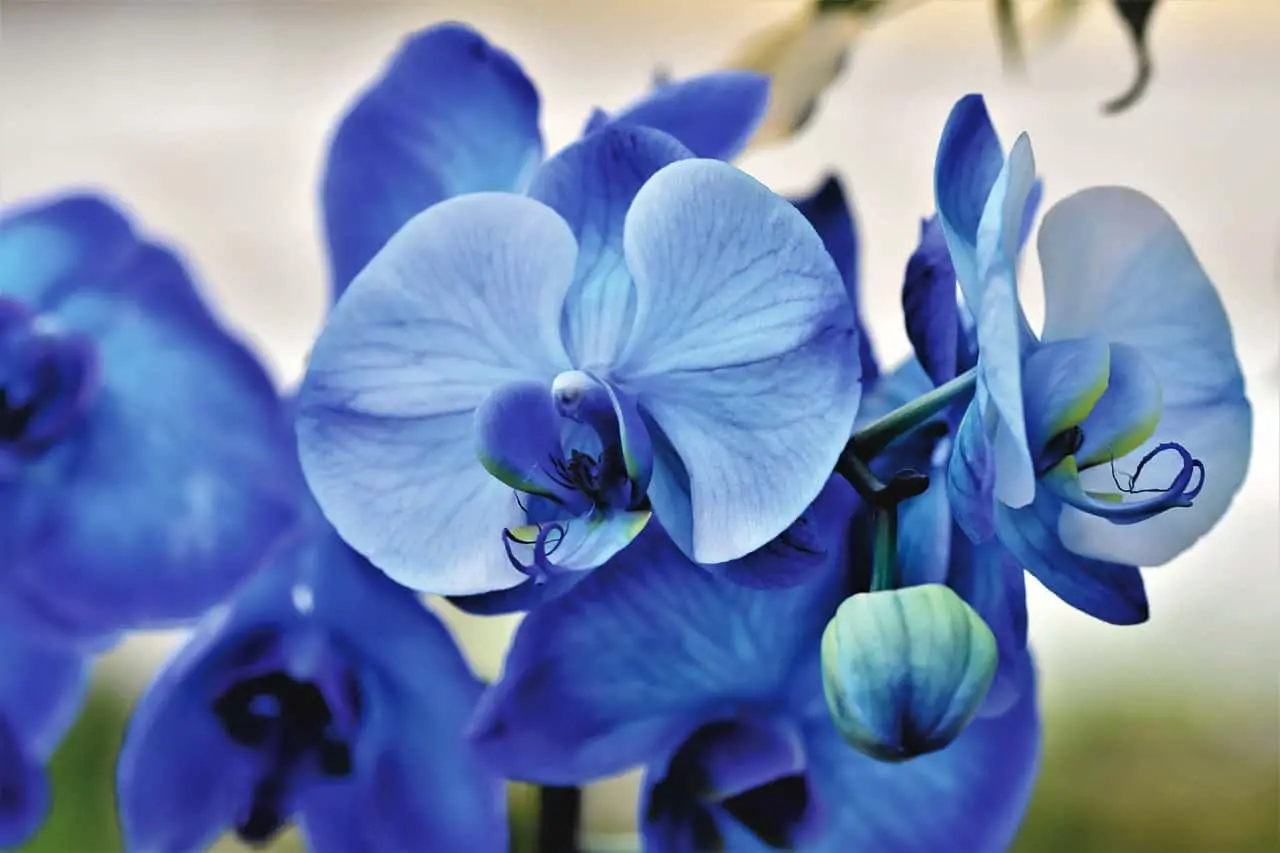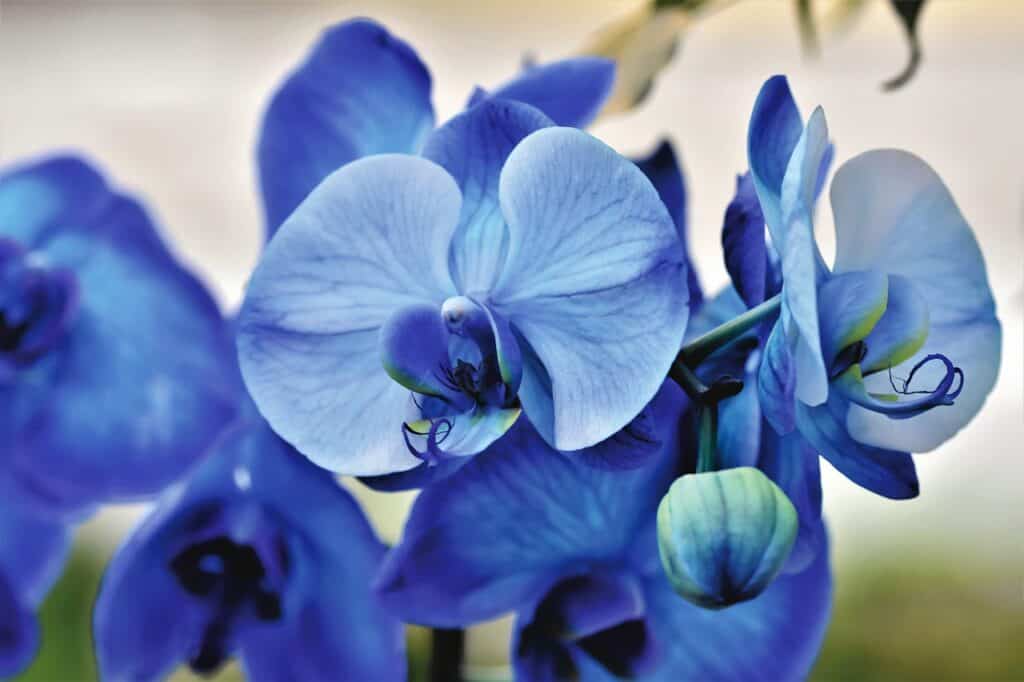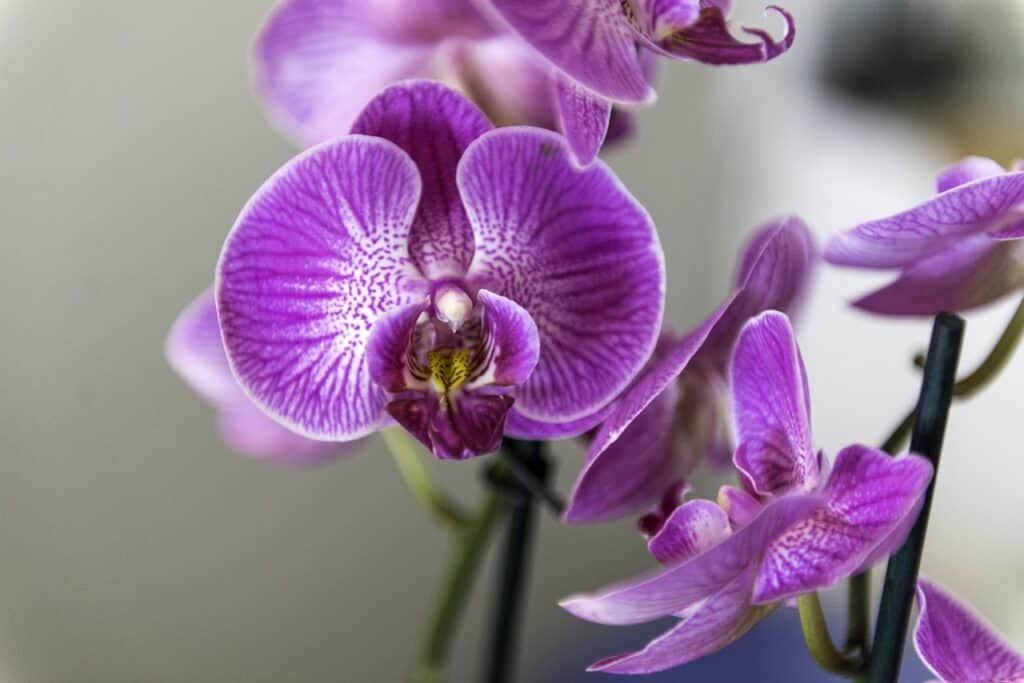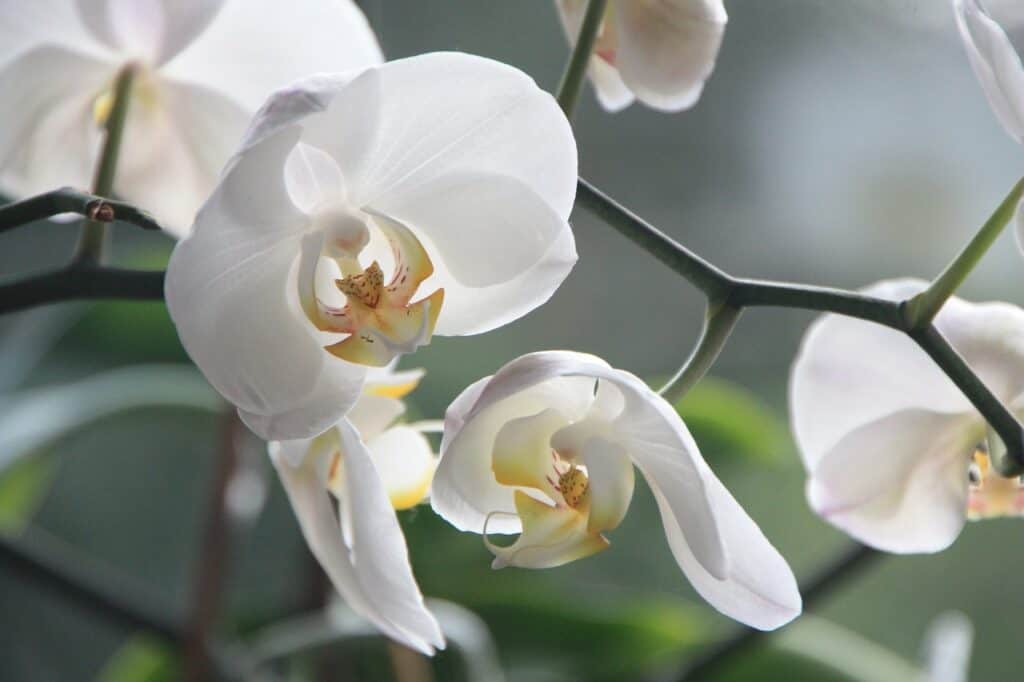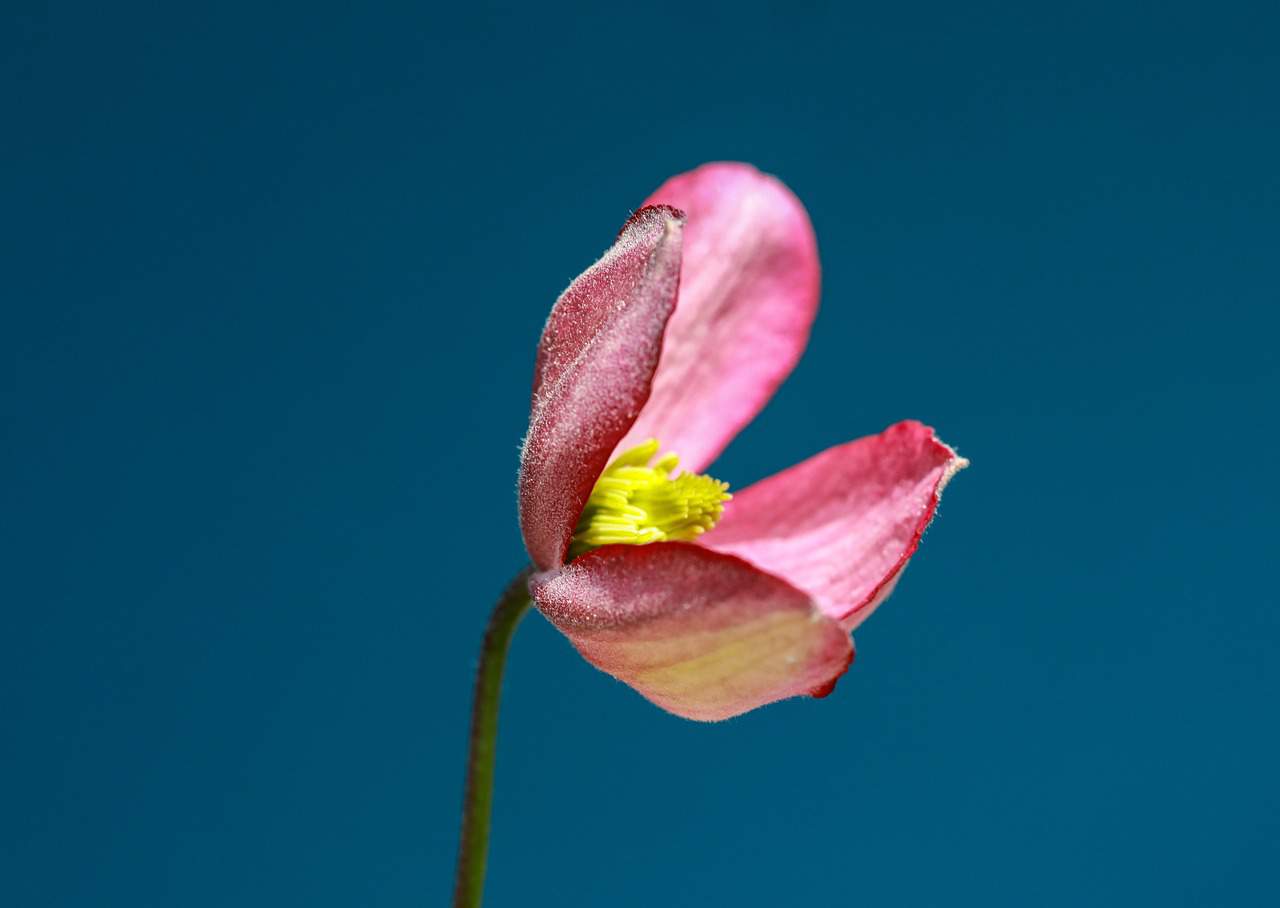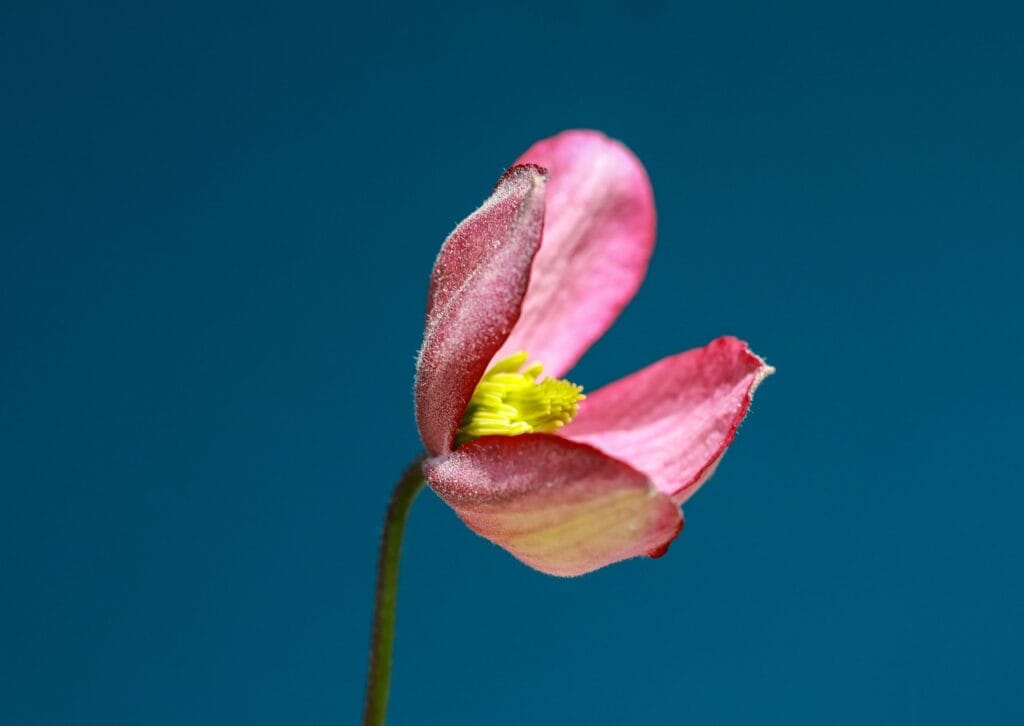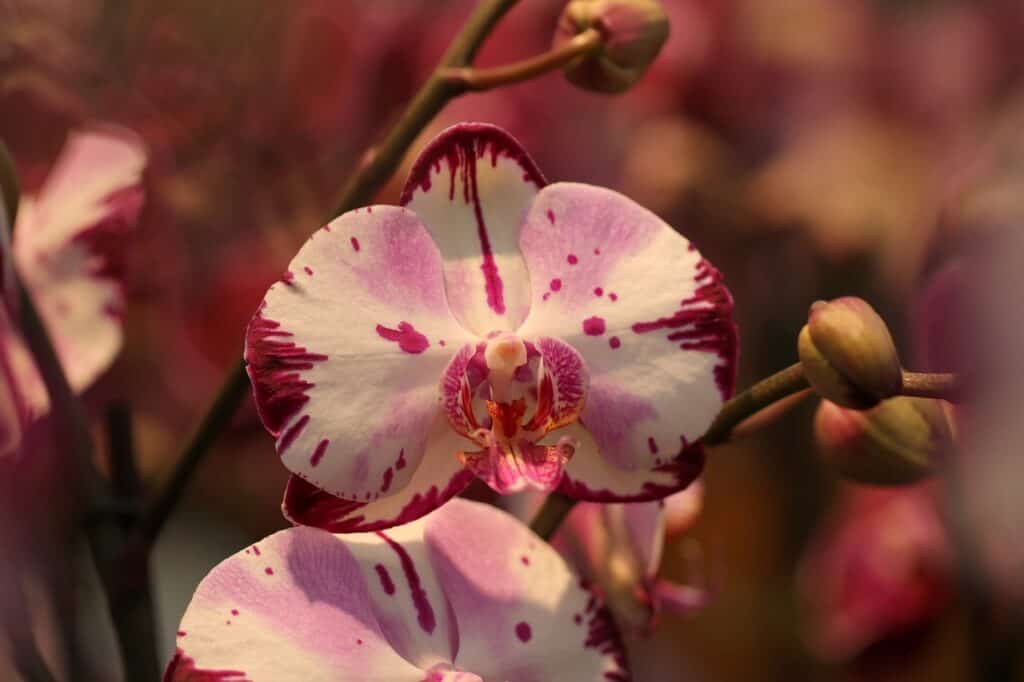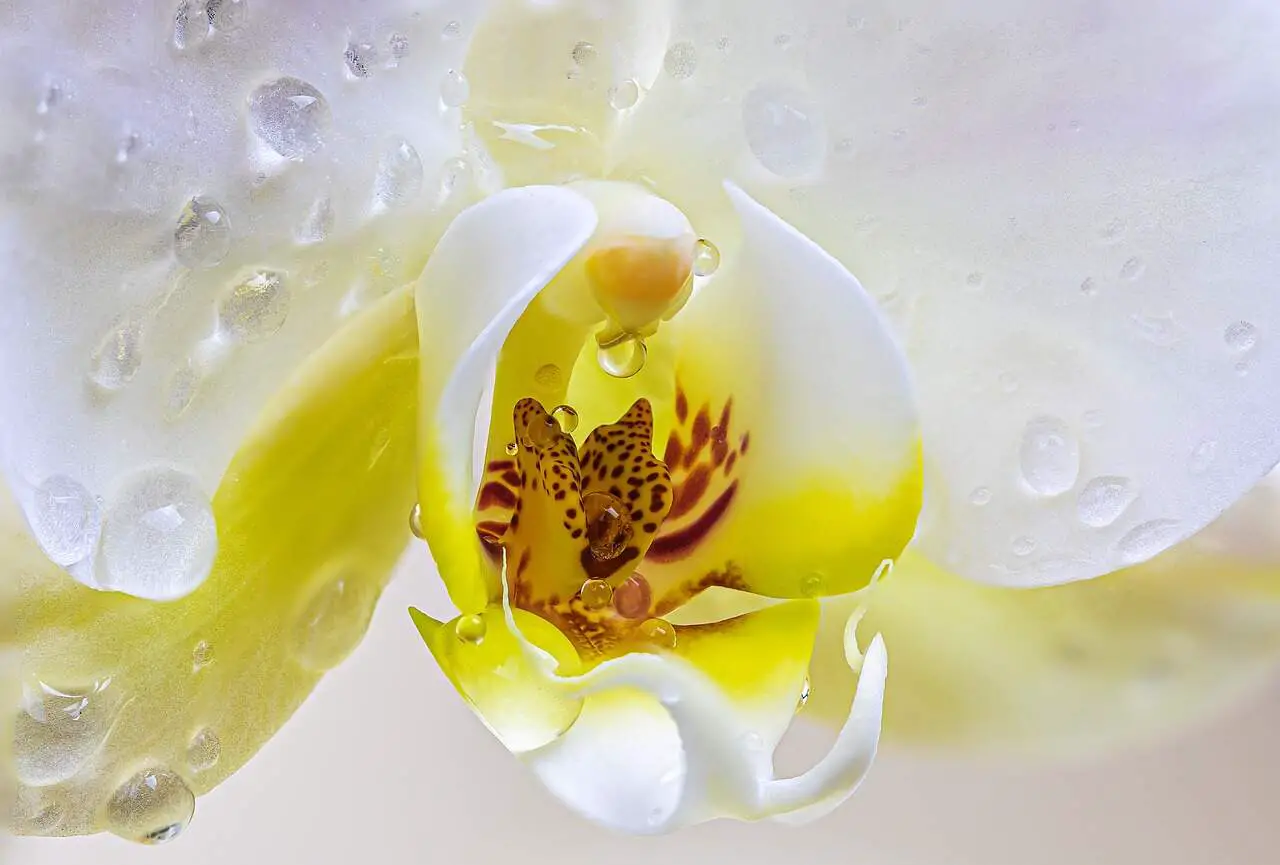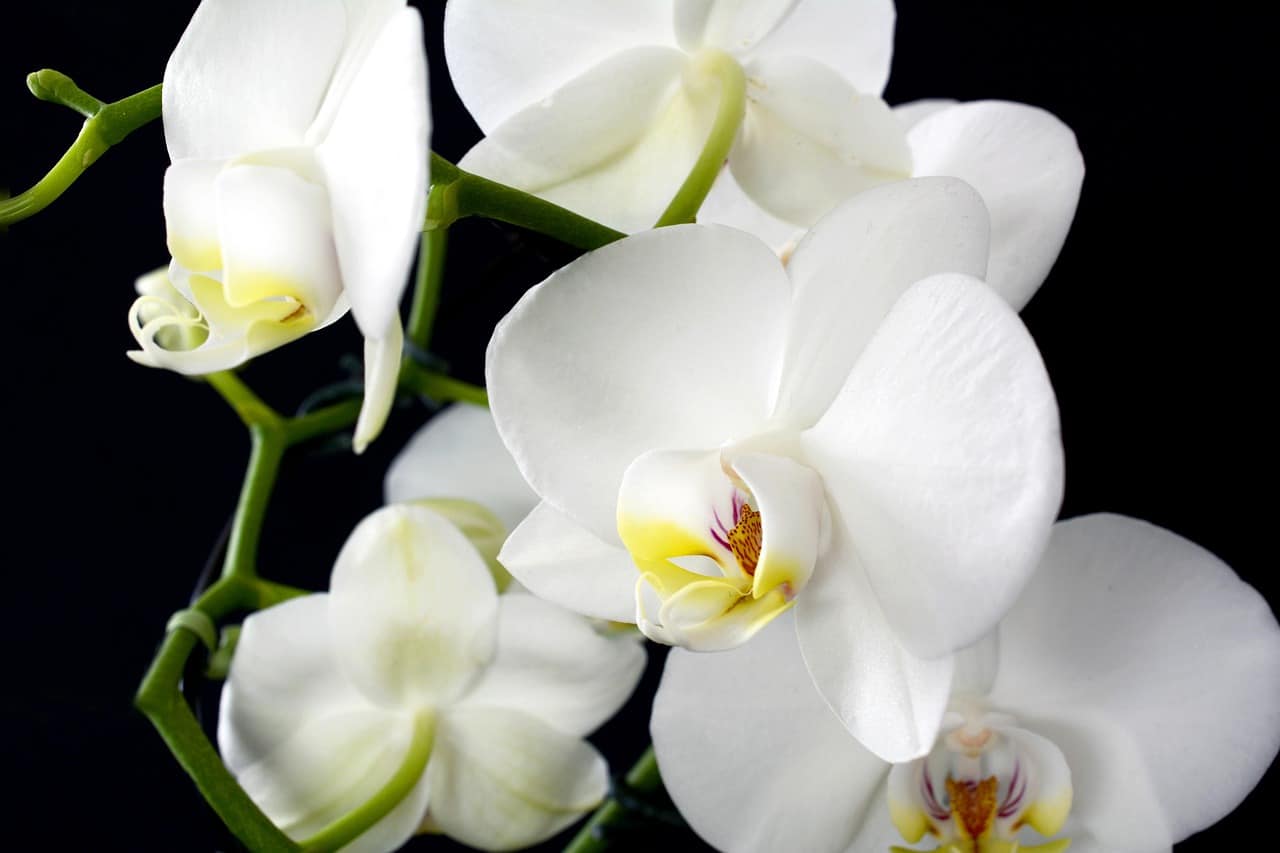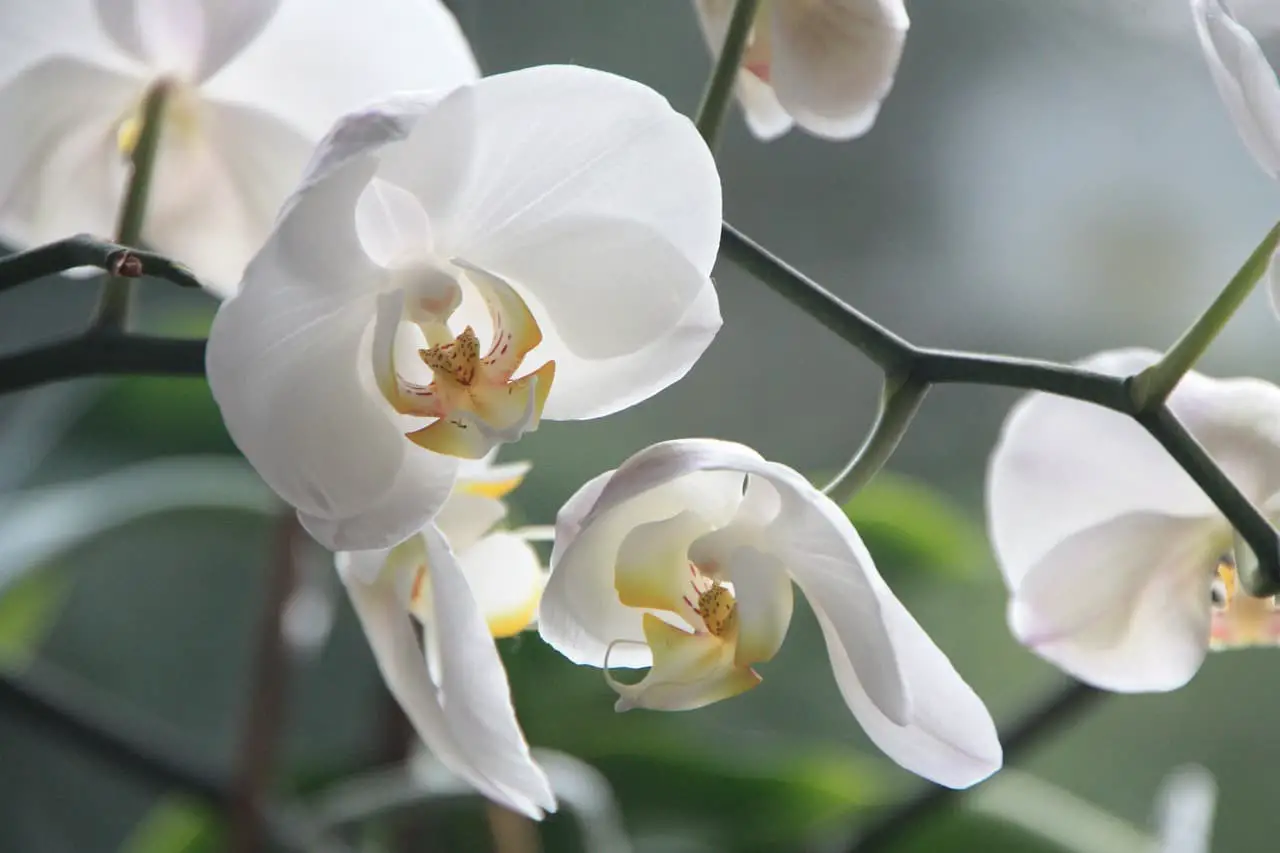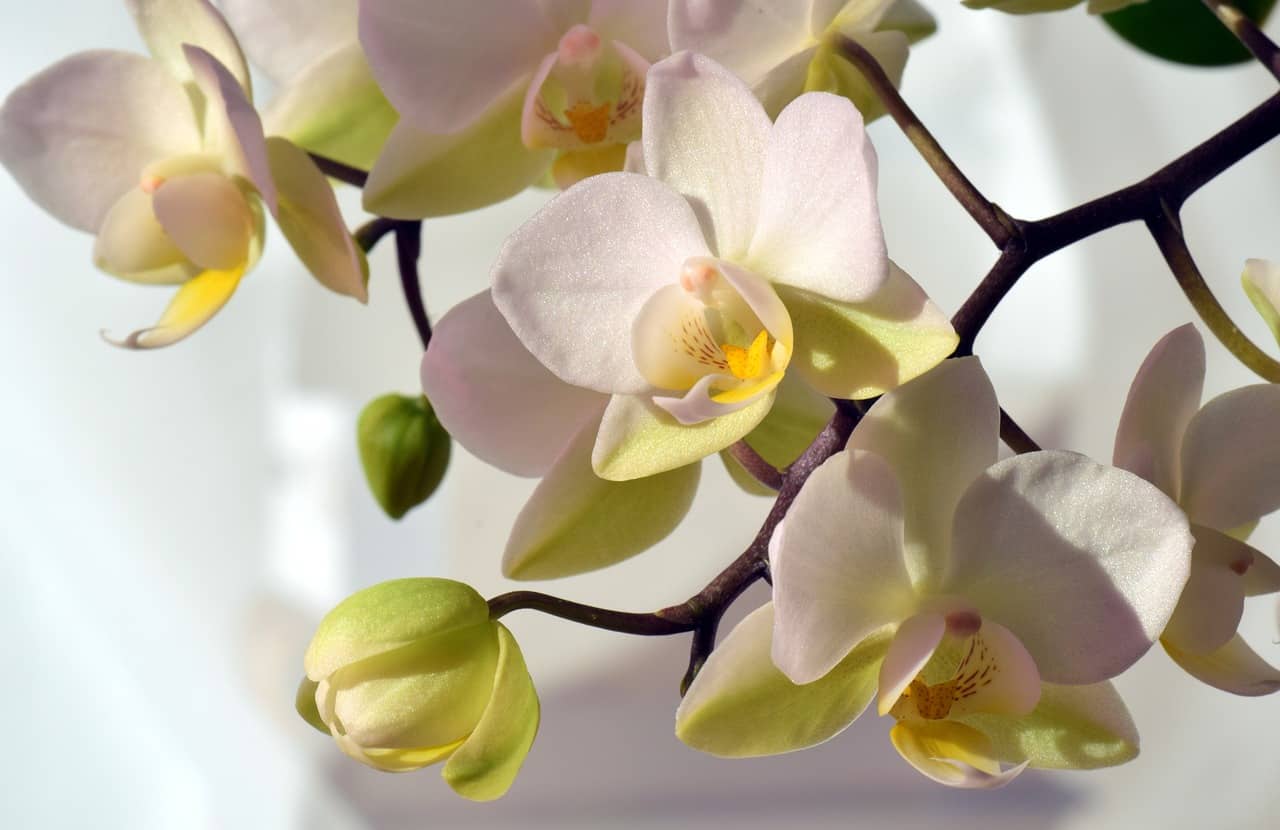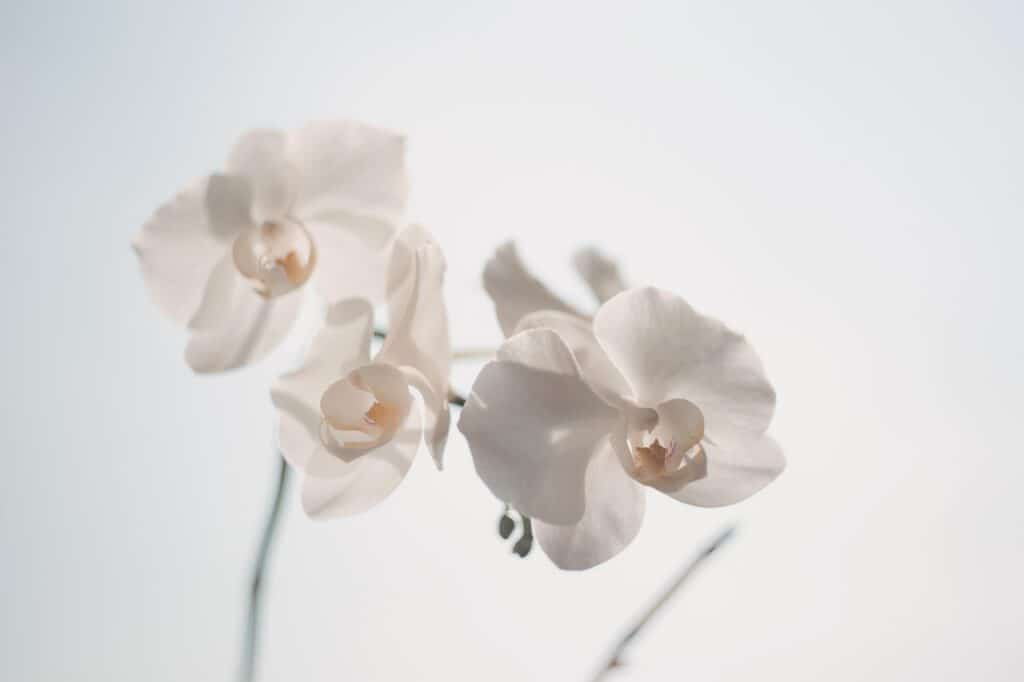Orchid enthusiasts often find themselves faced with mature orchids that have outgrown their pots or become crowded. Orchid division is a crucial skill in orchid care, enabling you to multiply your orchid collection, rejuvenate older plants, and maintain the health and vitality of these exquisite flowers. In this comprehensive guide, we will explore the art of orchid division, providing you with a step-by-step guide, tips, and an array of subtopics to ensure successful orchid propagation. Whether you’re a novice or an experienced orchid grower, learning how to divide orchids can be a rewarding journey into the world of orchid cultivation.
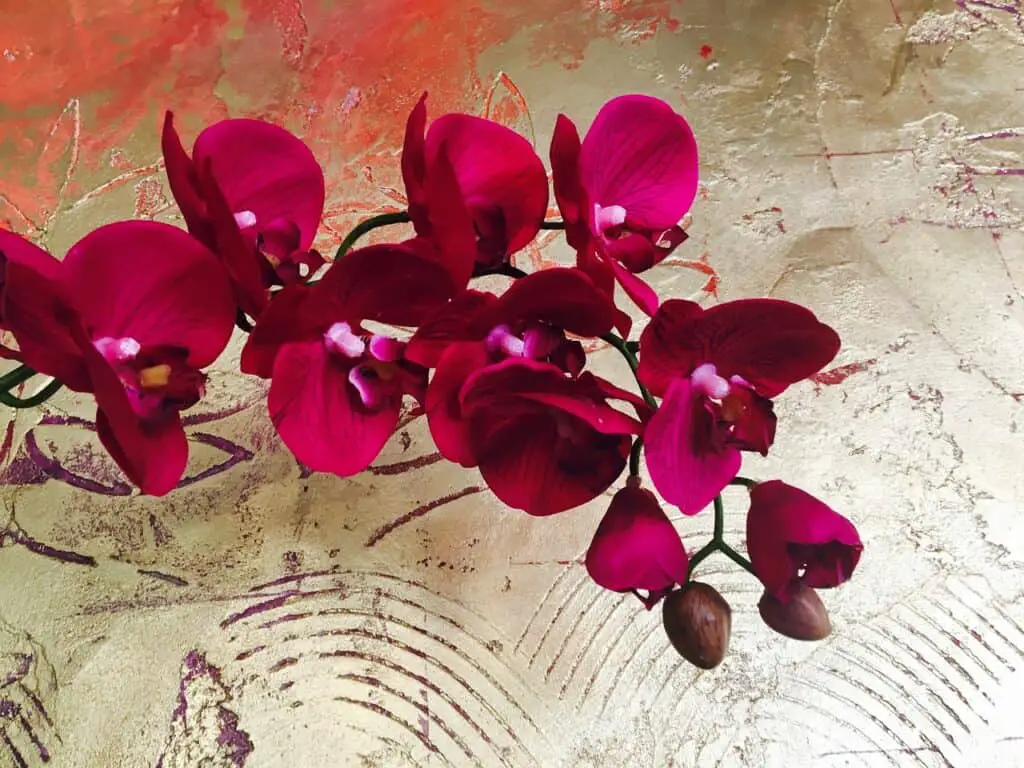
Why Divide Orchids?
Before we dive into the how-to, let’s understand why dividing orchids is essential:
- Rejuvenation: Mature orchids may become crowded and less vigorous, leading to reduced blooming. Division can rejuvenate the plant and stimulate new growth and flowering.
- Propagation: Division allows you to create new orchids from a mature plant, making it an economical way to expand your collection or share with fellow enthusiasts.
- Health: Separating overcrowded orchids helps improve air circulation, reducing the risk of disease and pests.
Now, let’s get into the step-by-step process of dividing orchids:
Step 1: Gather Your Supplies
Before you begin, ensure you have the following supplies ready:
- Healthy, mature orchid plant to be divided
- Clean, sterilized cutting tool (a sharp knife or shears)
- New pots or containers
- Fresh orchid potting mix
- Labels for pots (to identify the orchid variety)
- A suitable workspace
Step 2: Choose the Right Time
The best time to divide most orchids is after they have finished flowering or during the growing season when new growth is emerging. This typically corresponds to spring or early summer for many orchid species.
Step 3: Prepare Your Workspace
Select a clean and well-lit area to work. Ensure your tools and pots are clean and sterilized to prevent the spread of diseases.
Step 4: Remove the Orchid from Its Pot
Gently slide the orchid out of its pot. If it’s stuck, you can tap the sides of the pot or use a clean, sterilized knife to loosen the roots from the pot’s edges.
Step 5: Inspect the Roots
Examine the roots to identify suitable sections for division. Healthy roots are firm and green or white, while dead or unhealthy roots are brown or mushy. Cut away any damaged or dead roots, making clean cuts.
Step 6: Divide the Orchid
Look for natural divisions in the plant, such as pseudobulbs or new growths that have roots. Use your sterilized cutting tool to make precise cuts, ensuring that each division has at least one or two healthy pseudobulbs and a portion of the root system. Aim to create divisions with a minimum of three growths.
Step 7: Plant the Divisions
Plant each division in a fresh pot with suitable orchid potting mix. Position the division with its pseudobulbs at or slightly below the soil surface. Gently pack the mix around the roots to provide stability.
Step 8: Label and Water
Label each pot to identify the orchid variety. Water the divisions thoroughly, allowing excess water to drain from the pot. Ensure the potting mix is evenly moist but not waterlogged.
Step 9: Care for the Divisions
Place the newly divided orchids in an area with bright, indirect light. Avoid direct sunlight, as this can stress the divisions. Continue to care for them as you would for mature orchids, providing the appropriate temperature, humidity, and watering.
Step 10: Be Patient
Orchids may take some time to acclimate to their new pots and environment. Be patient and continue to monitor their progress.
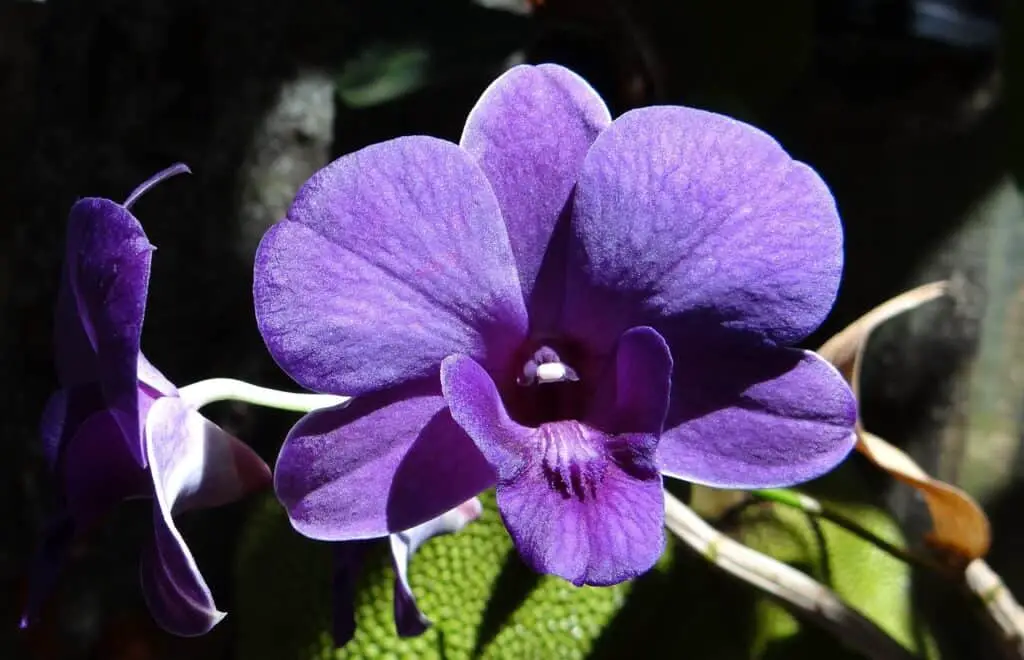
When Should You Split Orchids?
The best time to split or divide orchids is typically after they have finished flowering or during their active growing season. This ensures that the orchid has the best chance to establish itself in its new environment.
For many orchids, the post-flowering period in late spring or early summer is ideal for division. This is when the orchid transitions from the flowering phase to the growth phase. It’s a time when the plant is naturally inclined to put energy into new growth.
If you notice your orchid actively producing new shoots or pseudobulbs, it’s a sign that it’s in a growth phase. Dividing during this time allows the divisions to establish themselves and develop before the next blooming season.
Sometimes, overcrowding in the pot can be a clear indicator that division is necessary. When multiple pseudobulbs or shoots are tightly packed, it can hinder air circulation and nutrient uptake, making division a beneficial solution.
Additionally, if you have a mature orchid that seems less vigorous, with fewer blooms and reduced growth, division can help rejuvenate the plant and stimulate new growth.
While these guidelines offer a general framework, it’s crucial to observe your specific orchid’s growth patterns and adapt accordingly. Always have clean, sterilized tools and fresh potting mix at the ready when you decide to divide your orchid, ensuring a smooth and successful process.
Tips for Successful Orchid Division
- Use clean, sterile tools to prevent infections.
- Divide orchids on a warm, dry day to promote faster healing of the cuts.
- Allow divisions to recover in a slightly shaded area.
- Adjust your care routine as needed based on the specific orchid species you’ve divided.
How Do You Multiply Orchids At Home?
Multiplying orchids at home is a wonderful way to expand your collection and share the beauty of these delicate plants. It’s a rewarding endeavor that offers various methods to choose from, depending on your orchid type and personal preferences.
Start by Gathering Your Supplies: You’ll need a healthy, mature orchid to propagate, clean, and sterilize cutting tools, new pots, fresh orchid potting mix, labels for identification, and a tidy workspace. Having rooting hormones on hand can be useful for certain orchids.
Choose Your Preferred Propagation Method: You have several options, such as division, keiki production, or backbulb propagation. Each method suits different situations, and professional breeders may also use seed propagation for more advanced results.
Timing Is Key: Consider the right time for your chosen method. The division is often best after flowering when the orchid is transitioning to the growth phase. Keikis are ready when they have developed roots and leaves, while back bulbs are prime for propagation when they show signs of new growth.

Conclusion
In conclusion, learning how to divide orchids is a valuable skill for orchid enthusiasts. It allows you to maintain the health and vitality of your orchids, propagate new plants, and share your love for these exquisite flowers with others. By following the step-by-step guide and practicing good orchid care, you can successfully divide your orchids and watch them thrive and bloom in their new homes. Whether you’re rejuvenating mature plants or expanding your orchid collection, the orchid division is a rewarding journey that will deepen your appreciation for these stunning plants.
